A plug socket that gets hot can be a sign of a big electrical problem. Over time, this can lead to electrical fires, and it can ruin your appliances. You don’t want any of that to happen, so let’s talk about what’s going on and how to fix it.
A plug socket gets hot because of loose connections, overloading the circuit, or something is wrong with it. You need to do regular maintenance, use it properly, and have it checked out by a professional to keep it from getting hot.
Let’s talk about why this happens and what you need to do to fix it.
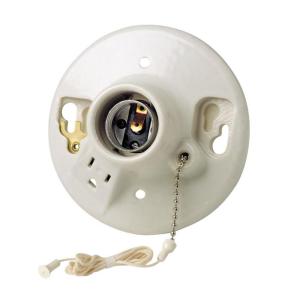
Loose or Damaged Wiring
Loose or damaged wiring is a common reason for a plug socket to heat up. When the electrical connections inside the socket become loose or worn out, resistance increases, causing heat buildup. Over time, this can make the outlet dangerously hot.
If you suspect the wiring inside the socket is loose or damaged, it’s essential to call an electrician to inspect and repair the connections. Continuing to use the outlet without addressing the problem could result in fire risks.
Overloaded Circuits
Overloading a circuit occurs when too many devices are plugged into a single socket, or the devices exceed the socket’s capacity. This situation generates excessive heat, as the socket struggles to handle the load, leading to a hot outlet.
To prevent overloading, reduce the number of high-wattage appliances, such as heaters or air conditioners, connected to the same outlet. High-demand devices should always be plugged into a dedicated circuit to avoid overloading.
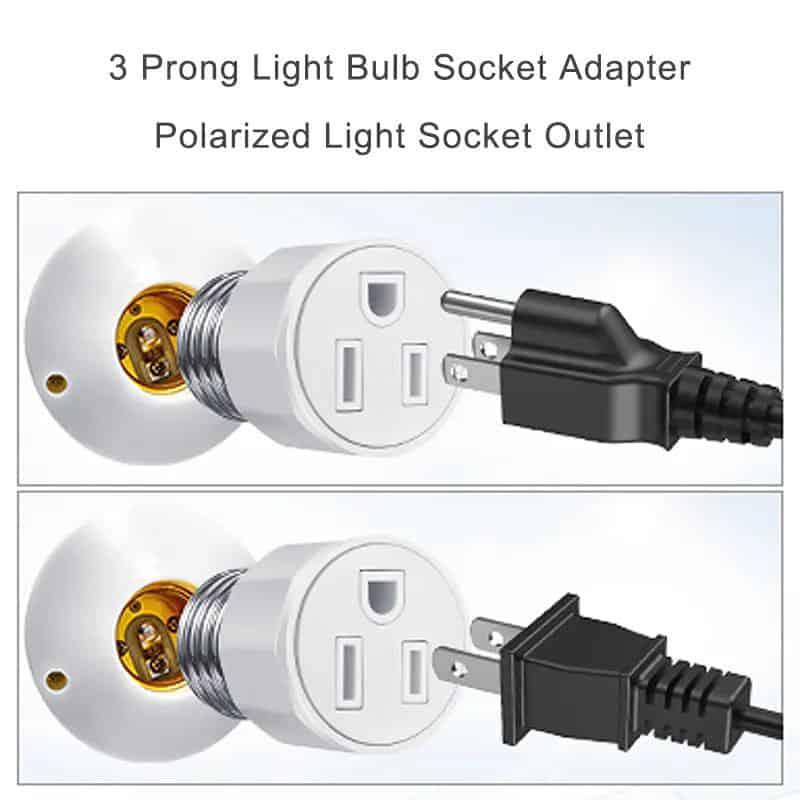
Faulty or Worn-Out Outlets
Over time, outlets can become worn out or damaged, especially if they are old or made of poor-quality materials. Faulty outlets create higher resistance, which leads to overheating. This can happen gradually, especially with outlets that see heavy use or are exposed to high power demands.
If your socket feels hot, it may be a sign that the outlet itself is faulty. In such cases, replacing the old outlet with a new, high-quality one is a simple but effective solution.
Improper Plug Connection
Improper plug connections are another frequent cause of overheating. When a plug is not fully inserted into the light socket, or if it doesn’t fit securely, this loose connection increases resistance and generates heat. Over time, this can make the plug or socket too hot to touch.
Make sure all plugs are fully and securely inserted into sockets. If the plug fits loosely, it may be necessary to replace either the plug or the socket to ensure a safer connection.
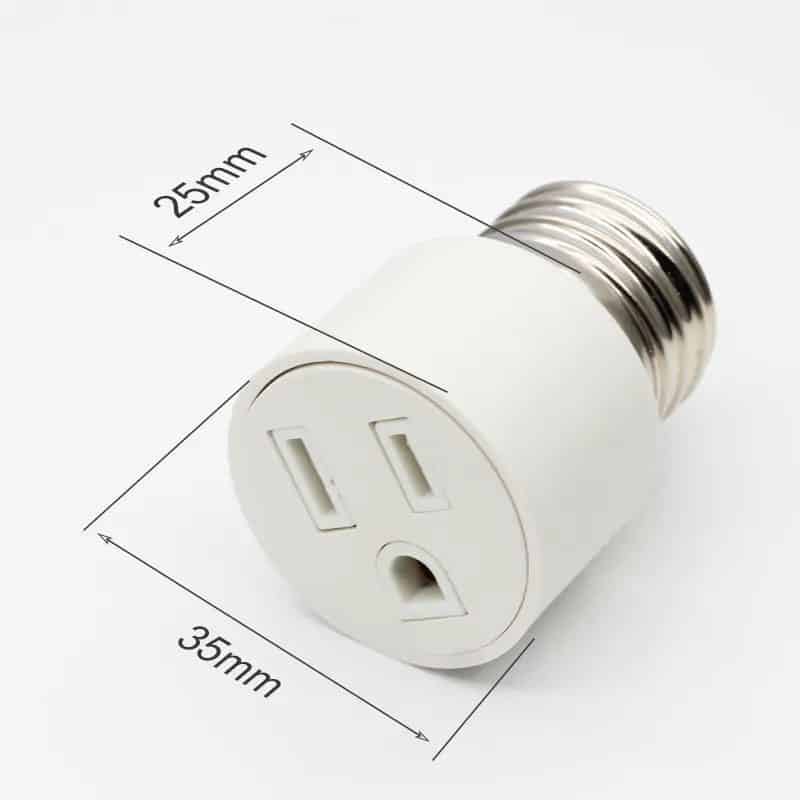
High Electrical Demand Appliances
Certain high-power appliances, such as space heaters, air conditioners, or microwaves, draw significant amounts of electricity, which can cause a socket to overheat. Using multiple high-demand devices from the same socket can easily lead to overheating and potential electrical hazards.
Whenever possible, connect these types of devices to dedicated circuits to prevent strain on the electrical system and reduce the risk of overheating.
Short Circuits
Short circuits occur when the electrical current follows an unintended path, usually because of damaged wiring or faulty devices. This can cause a sudden surge of electricity, leading to a hot or even scorched outlet. Short circuits are highly dangerous and can quickly result in electrical fires.
If you suspect a short circuit, it’s vital to turn off the power to the affected socket and consult an electrician. Immediate action is necessary to prevent serious hazards.
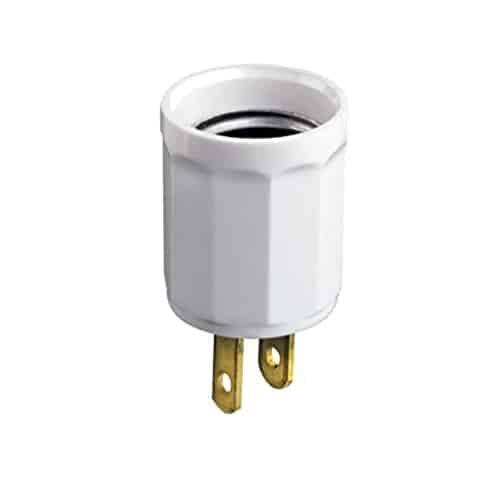
Poor-Quality Plugs or Adapters
Using cheap or defective plugs and adapters can also contribute to overheating. Inferior products may not meet safety standards, leading to poor electrical connections that cause heat buildup. Over time, this can damage both the plug and the socket, increasing the risk of fire.
Ensure that all plugs and adapters meet safety certifications and are in good condition. Avoid using damaged or worn-out equipment, as this can lead to overheating.
Environmental Factors
External conditions, such as excessive moisture or heat, can affect the performance of electrical outlets. In high-humidity environments, electrical components can corrode, which affects the connection and increases the risk of overheating.
Installing GFCI outlets in areas prone to moisture, like bathrooms or kitchens, helps reduce the risks associated with humidity and environmental factors.
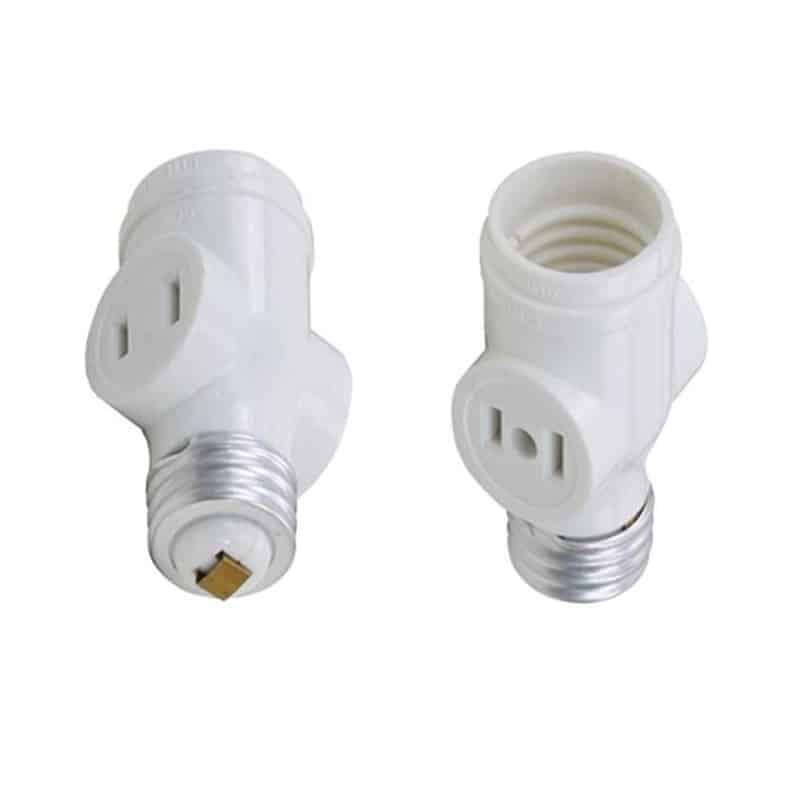
How to Prevent Overheating
There are several steps you can take to prevent a plug socket from getting hot:
- Unplug Devices: Disconnect devices from a hot socket immediately to prevent further damage or overheating.
- Reduce the Load: Avoid plugging too many devices into the same outlet, especially high-demand appliances.
- Inspect Wiring: Have an electrician inspect the wiring for signs of wear or damage.
- Replace Faulty Outlets: If the socket itself is old or damaged, replace it with a modern, high-quality outlet.
- Use Dedicated Circuits: For high-power appliances, always use dedicated circuits to prevent overloading.
Is It Normal for a Socket to Feel Warm?
In certain cases, it is normal for a socket to feel slightly warm, especially when it powers high-wattage appliances like space heaters. However, there is a big difference between warm and hot. A hot socket indicates a problem that requires attention.
If your outlet feels too hot to touch, unplug the devices immediately and contact an electrician to evaluate the issue.
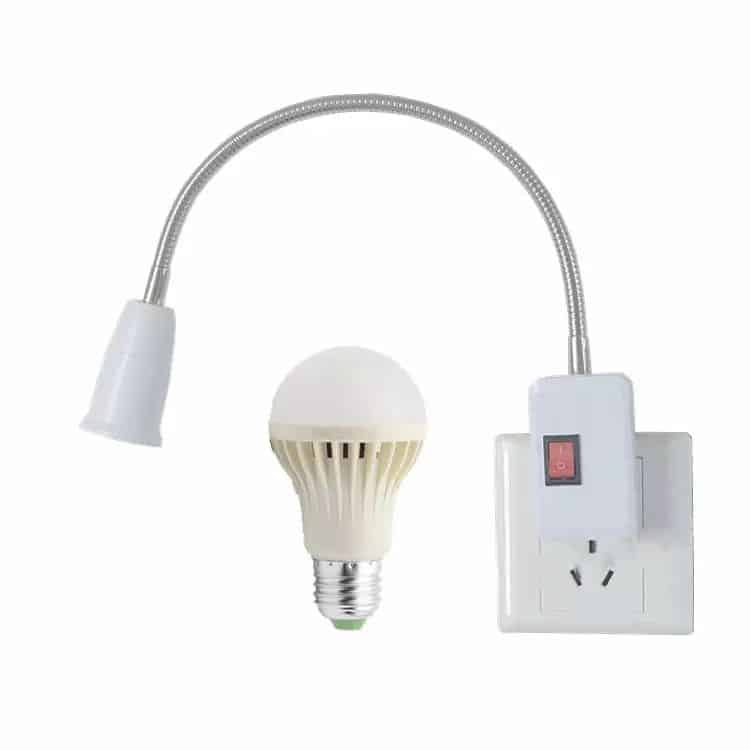
Why Does My 3-Pin Plug Get Hot?
A 3-pin plug might get hot for several reasons, such as loose wiring, a poor connection between the plug and the socket, or excessive electrical demand. The earth pin in a 3-pin plug is crucial for safety, but if the internal wiring or connection is compromised, the plug can overheat.
Inspect the plug and socket for any damage, and replace them if necessary to prevent further overheating.
Final Words:
A plug socket that gets hot is a warning sign you cannot ignore. You must address the loose connections, the overloading of the circuit, and the issues with the outlet to prevent it from getting hot and have a safe, reliable electrical system.













